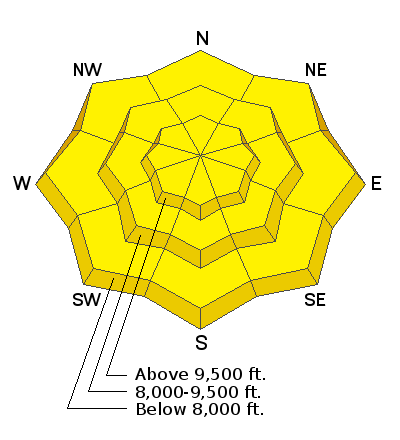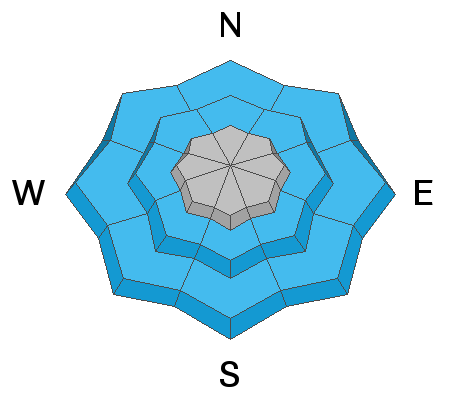Forecast for the Provo Area Mountains

Issued by Evelyn Lees on
Wednesday morning, April 3, 2019
Wednesday morning, April 3, 2019
Today’s avalanche problems elevation dependent - the avalanche danger is MODERATE on steep, upper elevation slopes for triggering a dense New Snow slide where the snow has bonded poorly to the old snow surfaces or a new drift of wind blown snow along the higher ridge lines. The avalanche danger is MODERATE today on mid and lower elevations slopes for easily triggered Wet Snow sluffs. These could be largest on the northerly facing slopes, if they gouge into snow from the last storm. The continuously steep Provo terrain magnifies any avalanches, even a small sluff can travel thousands of feet downhill.
The snow will be more unstable during any periods of heavy rain or snowfall.

Low
Moderate
Considerable
High
Extreme
Learn how to read the forecast here








